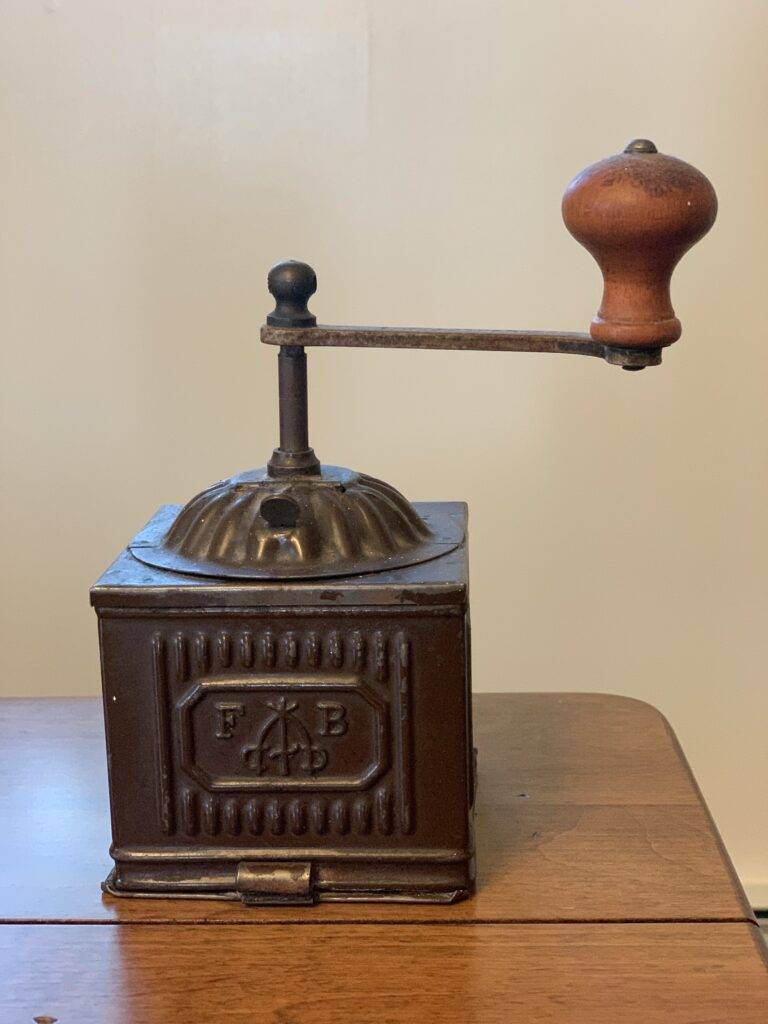For the Love of Coffee
I love coffee. The thought of a steaming mug of freshly brewed coffee is my idea of heaven. It’s what gets me up in the morning.
I come from a long line of coffee lovers. It seems like yesterday when my grandfather would sit at the dining room table, sipping his strong, thick espresso from a teeny, tiny cup and sharing it with us kids. I can picture both of my grandmothers grinding coffee beans, using what I thought was a very sophisticated tool that had a hand crank and a little drawer where the ground coffee would land. I can vividly remember my father reheating the leftover coffee from the day before so he’d have something to sip while waiting for his morning coffee to brew.
Today, at family dinners, my brother starts the coffeemaker before the dinner plates have been cleared. My nephew has been roasting his own coffee beans since high school, and he’s been working as a barista while pursuing his college and post-college degrees. My younger daughter recently discovered the joys of using a French coffee press. Yes, you could say coffee is in our blood.
Of course, my family isn’t the only one who has been having a love affair with coffee. Coffee has been around for quite some time. Here’s a look at the history of coffee and all its accouterments:
Coffee Through the Ages
By most accounts, the consensus seems to be that coffee was discovered centuries ago, as early as 1000 A.D., in the forests of Ethiopia. It then found its way to the Arabian Peninsula by the 15th and 16th centuries, where it was enjoyed in private homes as well as the first public coffee shops in Persia, Egypt, Syria, and Turkey.
Coffee eventually made its way to Europe, but it wasn’t love at first sight when it was brought to Venice in the 1600s. Apparently, local clergy thought it was “evil,” but the Pope tasted it, liked it, and deemed it a fine Christian drink.
Coffee continued to gain popularity; soon coffeehouses started popping up all around Europe. It made its way to America in the mid-1600s, and while it was well-liked, tea was still the favorite among the colonists. Then, in 1773, the Boston Tea Party happened, and coffee soon became the beverage of choice. Its popularity in America has taken off from there.
Whole Bean vs. Ground Coffee
As I said, I remember my grandmothers grinding their own coffee beans, but I don’t recall my parents doing that. I just remember already-ground coffee being scooped out of a Chock Full O’Nuts or Maxwell House can. That’s how I’ve been making my morning coffee up until nearly a year ago when I switched to buying whole-bean coffee. I use a Braun electric coffee grinder mill to grind the coffee beans (I was surprised to learn that the first electric coffee grinder was manufactured in 1898), but I love the look of vintage hand-cranked ones from my grandparents’ day. My brother and sister-in-law have one of my grandmother’s antique mills on display in their dining room.
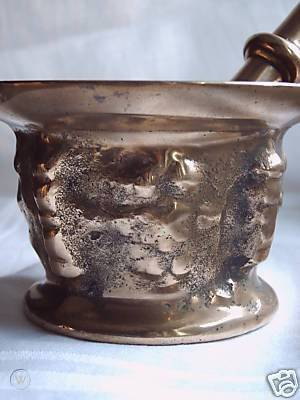
The first coffee grinders were of the mortar and pestle type, made of stone, wood, or iron. Bronze coffee mortars and pestles were popular during the 17th century, and these were usually highly decorative and beautifully designed. Thomas Bruff Sr. (he was Thomas Jefferson’s dentist) is credited with inventing the first American coffee grinder in 1798. It was a wall-mounted device. It was improved upon and went through many different changes and revisions over the decades.
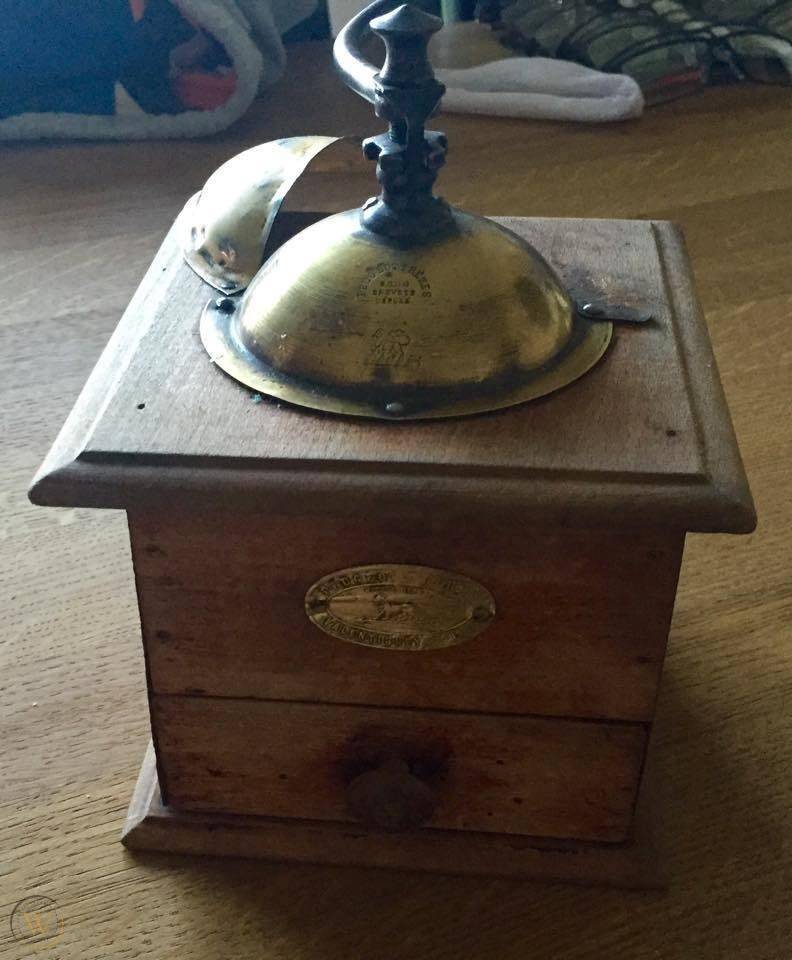
Today, there are many types of beautiful vintage coffee grinders, including ones made of porcelain, brass, etc., that make pretty additions to any kitchen shelf. These hand-cranked grinders may feature a decorative base with a drawer that housed the ground coffee and a hopper made of brass or metal, where the beans were placed.
Coffee Pots vs. Coffee Makers
From percolators to French presses to drip and single-cup coffeemakers, there are myriad ways to brew coffee. Some of these devices have been around for centuries, while others are fairly recent concepts. The earliest way of brewing coffee was by simply boiling water and using some kind of cloth to filter the coffee beans. In the 1600s and 1700s, coffee pots were designed that could be used inside the home. These pots were a tapered shape, wider at the bottom, they had a lid on top, and there were no filters.
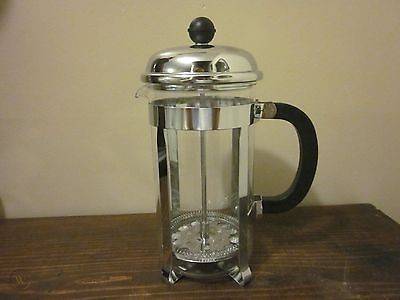
Eventually, someone realized that pouring hot water through a sock that contained coffee made for a better cup of coffee; hence, filters became an important part of brewing coffee. The Biggin pot, the first to use filters, became popular in the 1780s. In the early 1800s, the French press, where you press a plunger to the bottom of the pot, became popular. I remember stovetop coffee pots from my childhood that were made of stainless steel and the iconic Farberware electric coffee pots.
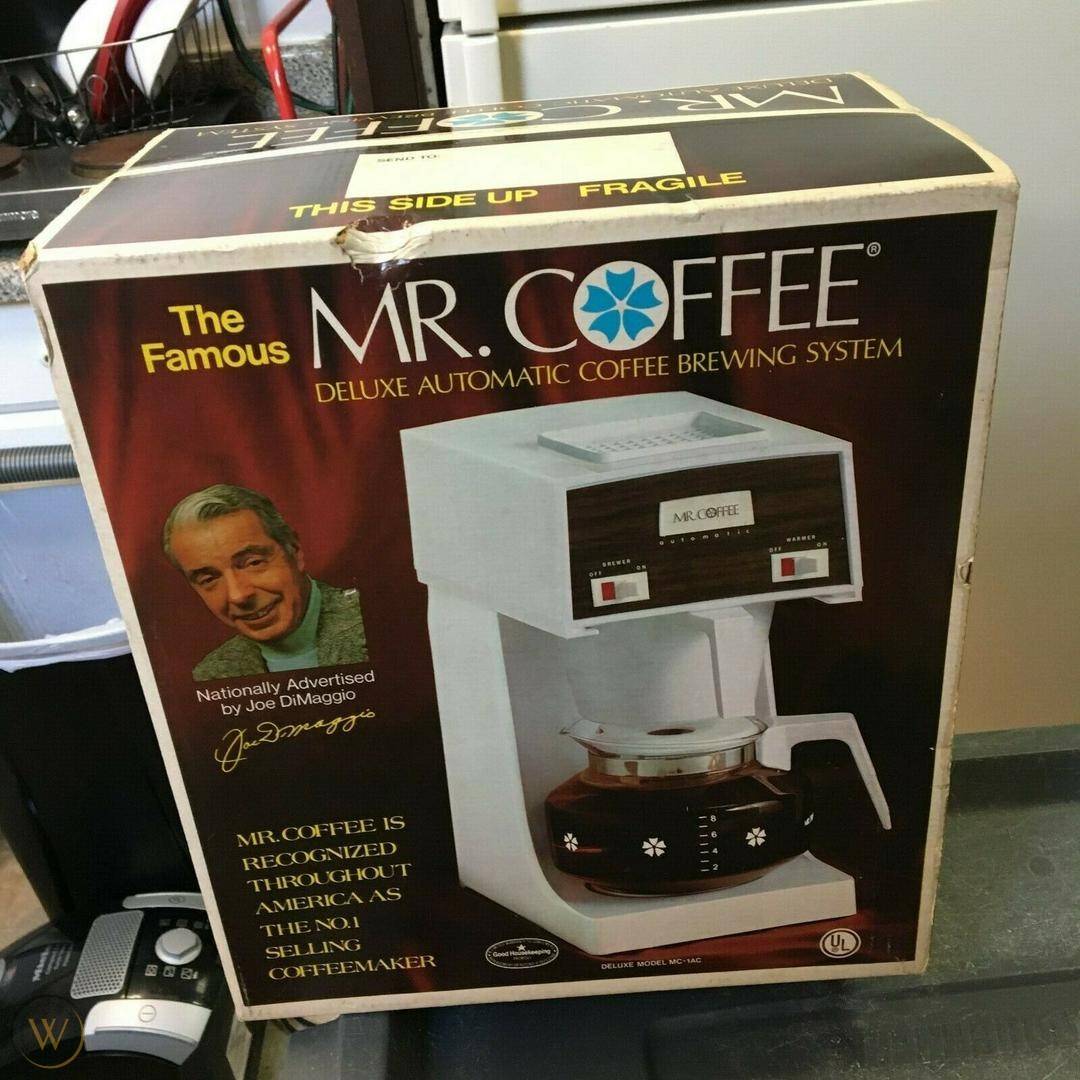
In the 1970s, Mr. Coffee, the first automatic drip brewer, became all the rage in American homes, and today, there are dozens of different brands of these types of coffeemakers. Of course, some people have more than one type in their home. My son-in-law has a combo drip coffeemaker and espresso maker with all the bells and whistles, while my daughter prefers the very simple, single-serve coffeemaker.
The Love Affair Continues
In addition to my auto-drip coffeemaker, I have an electric pot, a French press, an espresso maker, and a stovetop glass percolator that we have used on our gas barbeque when we are without electricity during a storm. I like to be prepared since the thought of being without a cup of coffee in the morning breaks my heart.
Lisa Mancuso has an associate’s degree from the Fashion Institute of Technology and a bachelor’s degree from Stony Brook University. She has worked as the Associate Director for Creative Marketing at McCall’s Magazine. As a staff writer at the National Association of Professional Women, Lisa wrote feature articles for the bi-monthly online newsletter. She has served as a reporter for the Northshore News Group and ICD Publications.
WorthPoint—Discover Your Hidden Wealth®
The post For the Love of Coffee first appeared on WorthPoint.
